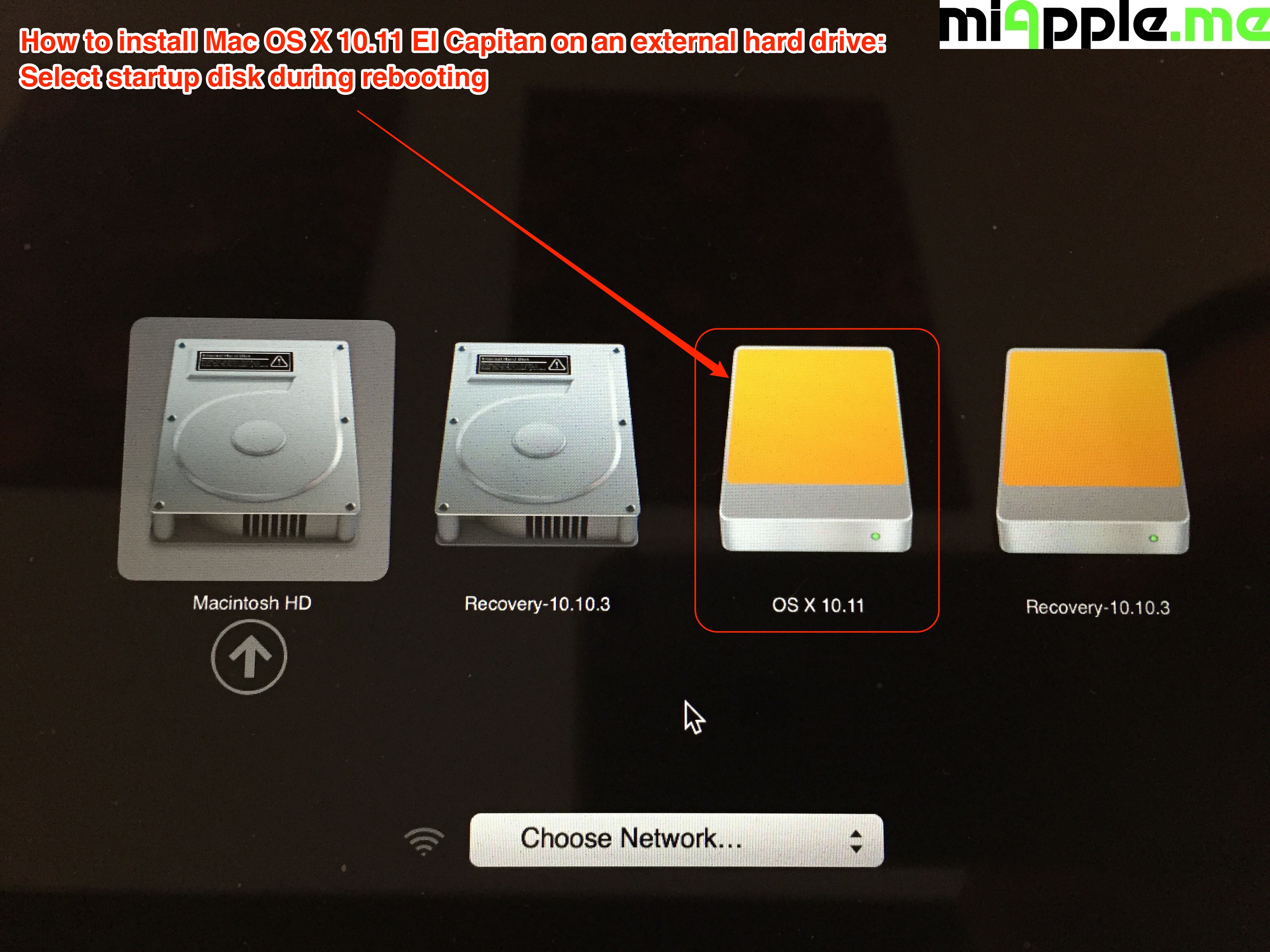
- HOW TO INSTALL OS X AFTER REPLACING HARD DRIVE HOW TO
- HOW TO INSTALL OS X AFTER REPLACING HARD DRIVE UPDATE
- HOW TO INSTALL OS X AFTER REPLACING HARD DRIVE UPGRADE
- HOW TO INSTALL OS X AFTER REPLACING HARD DRIVE SOFTWARE
I don't have a physical copy of the OS, so it concerns me a little.
HOW TO INSTALL OS X AFTER REPLACING HARD DRIVE UPDATE
This is all good, but I have read mixed information about whether or not the Time Machine backup includes a complete backup of data and OS or if I will need to install the OS onto the new drive and update it before restoring from the Time Machine.
HOW TO INSTALL OS X AFTER REPLACING HARD DRIVE SOFTWARE
Then, with keeping the USB Drive with Time Machine backup on it connected, I boot to it and some sort of Disk Utility software will walk me through restoring the Time Machine backup to my newly installed drive. My understanding is that once the backup has completed, I swap my internal SSD with the new SSD. I have an external USB drive which I will be setting up to create a Time Machine backup. My mac is running the latest version of MacOS.
HOW TO INSTALL OS X AFTER REPLACING HARD DRIVE UPGRADE
If you booted from a USB disk, click “Continue” to advance to the installer.I'm looking to upgrade a 120GB SSD in my late 2009 iMac (21.5in) to a 250GB SSD. If you booted from a functioning recovery partition, click the “Reinstall macOS” button. With your information wipe complete, you are now ready to reinstall macOS. If you choose three or five passes, you might want to leave this running overnight. If you opted to wipe your drive securely, this might take a while-30 minutes to an hour is not unreasonable for one pass. Just give your drive a name (I recommend “Macintosh HD”, just for consistency’s sake), then click “Erase” to start the overwriting process. You only need to write over a drive once to securely wipe it, but if you’re paranoid you can also wipe it three or five times.Ĭlick “OK” once you’ve decided, but remember: if your Mac has a solid state drive, you do not need to use these options. Now move the dial up, to randomly write data over your entire drive. You still need to wipe the drive, however, or your files will remain in place, so skip to the end of this step to do so.) (If your Mac has a solid state drive, you can skip this part: your SSD will already securely erase files thanks to TRIM. If you’re wiping a mechanical drive, click “Security Options” in the window that pops up. Click your primary drive, then click “Erase”

If not you can find Disk Utility in the menu bar: click Utilities then Disk Utility. To get started, click the Disk Utility option.ĭepending on how you started Recovery Mode, you may be presented with the option to start Disk Utility right away, as seen above. You may need to insert a USB drive that has enough storage to hold Windows as well as your computer. If your old hard drive is still running on it, go to Settings>Update & Security>Backup.
HOW TO INSTALL OS X AFTER REPLACING HARD DRIVE HOW TO
We’ve shown you how to securely wipe a hard drive with your Mac, and doing so in Recovery Mode isn’t really different from doing so within macOS. How Do I Install Windows After Replacing A Hard Drive All the files you save should be backed up to OneDrive.

If you want a truly clean installation, however, you need to first wipe your hard drive. We recommend backing up files before you do this, just in case, but otherwise you’re ready for step three. Your user accounts and files will stay exactly where they are-only your operating system will be overwritten. If you want to re-install your operating system, but leave your files in place, you can skip this step. RELATED: 8 Mac System Features You Can Access in Recovery Mode Step Two: Securely Wipe Your Hard Drive (Optional) Once you’ve managed to open up the Recovery Mode in some fashion, we can move on to wiping your drive securely. You can access recovery without a partition using Network Recovery: hold Command+Shift+R while turning on your Mac and it will download the Recovery features for you. Failing that, you can create a bootable USB installer for macOS Sierra, and boot from that by holding “Option” while turning on your Mac. If neither of these options work, don’t panic! You’ve got a couple of options yet.


 0 kommentar(er)
0 kommentar(er)
